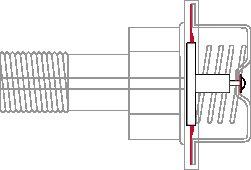
 |



1986-1988 Zenki FC3S pulsation damper |

1989-1991 Kouki FC3S pulsation damper | |||||
| Animated GIF's originally designed by Blake Qualley.
| ||||||
|---|---|---|---|---|---|---|
| Pics | Description | Earls part number | Summit Racing part number |
Summit Racing Price |
 |
12mm x 1.25 banjo bolt and crush washers | 997591ERL | EAR-997591ERL (new part number) |
$10.39 |
| Summit Racing - http://www.summitracing.com/ | ||||
|---|---|---|---|---|